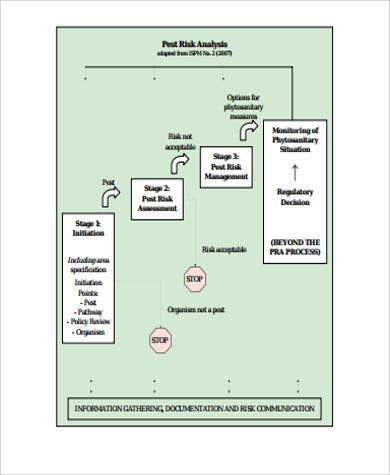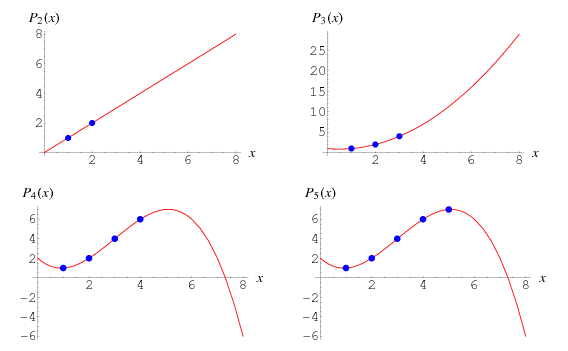However, the payoff, or resulting net income, is higher as sales volume increases. For example, components whose failure could result in substantial financial loss, serious injury, or death may use a safety factor of four or higher (often ten). Non-critical components generally might have a design factor of two. Risk analysis, failure mode and effects analysis, and other tools are commonly used.
Use this information to decide if you want to expand or reevaluate your inventory. If you focus on seasonal goods, keep an eye on this margin to guide you through off-peak sales periods. We will return to Company A and Company B, only this time, the data shows that there has been a 20% decrease in sales.
For example, if a company has sold 20 units of a product resulting in total sales of $1,000 and a break-even point of $800, then its margin of safety would be $200. The term margin of safety was first coined by Benjamin Graham, the father of value investing. The idea behind the principle of margin of safety is that investments should be made when the value of a security or investment margin of safety is equal to is significantly lower than its intrinsic value. This margin acts as a buffer against unforeseen events that may negatively impact the company’s stock price or value of an investment. Assuming Google intends to produce 500,000 units at the cost of $300 per unit to sell at $400, we could calculate the margin of safety as a ratio or percentage, and in both dollar and unit sales.
Factor of safety
The goal is to be safe from risks or losses, that is, to stay above the intrinsic value or breakeven point. Margin of safety determines the level by which sales can drop before a business incurs in operating losses. For example, if the margin of safety is too low, a business owner might decide not to continue with the current production plan.
Many undergraduate strength of materials books use «Factor of Safety» as a constant value intended as a minimum target for design[4][5][6] (second use). As a result, the investor buys the stock at a discount price lower than its intrinsic value. This is done to offset the unforeseen losses calculated due to the mistakes of oneself or factors that are out of control. The margin of safety percentage depicts the strength of the business.
Complete Guide to Margin of Safety
The margin of safety principle was popularized by famed British-born American investor Benjamin Graham (known as the father of value investing) and his followers, most notably Warren Buffett. Investors utilize both qualitative and quantitative factors, including firm management, governance, industry performance, assets and earnings, to determine a security’s intrinsic value. The market price is then used as the point of comparison to calculate the margin of safety. The break-even(base for margin of safety percentage) value depends on the type of business and is not generic. The value showcases the units to be sold to cover their variable costs.
Jump Financial LLC Invests $423000 in Cintas Co. (NASDAQ:CTAS) – MarketBeat
Jump Financial LLC Invests $423000 in Cintas Co. (NASDAQ:CTAS).
Posted: Tue, 08 Aug 2023 09:11:18 GMT [source]
If you don’t have the patience to wait out the long period that is required to see the fruits of this approach, don’t even try it. Let’s say you’re looking at a growth stock with a high P/E but 100% annualized earnings growth over the past five years. When you run a DCF, it says the company needs to increase earnings at a 40% clip for the next five years to justify the current stock price. In value investing, you look for a quality, easy-to-understand business with good management, value it, and only buy with a sufficient margin of safety. Then you wait for the stock price to revert to its intrinsic value. It is equal to the gap between current revenue and break-even revenue.
Limitations of Breakeven analysis
Note that the degree of operating leverage changes for each company. The reduced income resulted in a higher operating leverage, meaning a higher level of risk. Notice that in this instance, the company’s net income stayed the same. Now, look at the effect on net income of changing fixed to variable costs or variable costs to fixed costs as sales volume increases. Margin of safety calculator helps you determine the number of sales that surpass a business’ breakeven point.
It measures the revenue generated from any business activity, including sales as well as investments, interest, and other earnings. This means that sales revenue can drop by 60% without incurring losses. If sales decrease by more than 60% of the budgeted amount, then the company will incur in losses. One of the biggest drawbacks of using margin of safety in the non-value investing way—i.e. As a calculation of profitability and the break-even point is that this approach is entirely unworkable when it comes to growth stocks. So, in order to calculate the margin of safety, we subtract $300,000 from $450,000 to get a margin of safety that is equal to $150,000.
.css-g8fzscpadding:0;margin:0;font-weight:700;What is the margin of safety (MOS)?
As a result, each business must calculate individually whether high or low. Moreover, each item sold adds up a contribution to the covering fixed costs as well. During periods of sales downturns, there are many examples of companies working to shift costs away from fixed costs. This Yahoo Finance article reports that many airlines are changing their cost structure to move away from fixed costs and toward variable costs such as Delta Airlines.
- This example also shows why, during periods of decline, companies look for ways to reduce their fixed costs to avoid large percentage reductions in net operating income.
- A company passes the break-even point when sales are higher than variable costs per unit.
- Subtract the break-even point from the actual or budgeted sales and then divide by the sales.
- It provides an idea to the firms whether there is a need to cut costs or restructure for optimum results.
- Margin of safety is a key concept you’ll need to master if you want to understand value investing.
Get stock recommendations, portfolio guidance, and more from The Motley Fool’s premium services. Volatility profiles based on trailing-three-year calculations of the standard deviation of service investment returns. Coupled with a longer holding period, the investor can better withstand any volatility in market pricing. Take your learning and productivity to the next level with our Premium Templates.
Income Statement Under Absorption Costing? (All You Need to Know)
Similarly, in the breakeven analysis of accounting, the margin of safety calculation helps to determine how much output or sales level can fall before a business begins to record losses. Hence, managers use the margin of safety to make adjustments and provide leeway in their financial estimates. That way, the company can incur unforeseen expenses or losses without a significant impact on profitability.
This level also provides a rough indicator of the market activity impacts. Being the simplest analytical tool, the analysis provides a view of the relationship between costs, profits and sales. For example, the break-even sales as a percentage of actual sales help managers to know when is the break-even(base of margin of safety percentage) achieved. It provides an idea to the firms whether there is a need to cut costs or restructure for optimum results. This increases the efficiency and helps them to achieve higher returns.
Margin of safety vs. profit: key differences
The higher your margin of safety, the bigger the cushion your business has. This figure can also be used to determine whether a product is worth selling. For example, if you must sell 3,500 items to break even and your projected sales are only 3,700 items, your margin of safety is only the profit earned from 200 items. This may or may not be worth the investment, depending on the product’s cost of production. In accounting, the margin of safety and profit are both important calculations to be aware of.
Access and download collection of free Templates to help power your productivity and performance. Yarilet Perez is an experienced multimedia journalist and fact-checker with a Master of Science in Journalism. She has worked in multiple cities covering breaking news, politics, education, and more. Her expertise is in personal finance and investing, and real estate.



